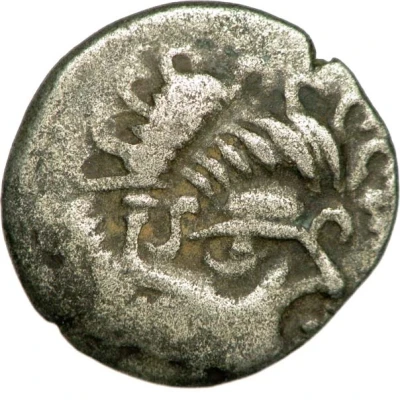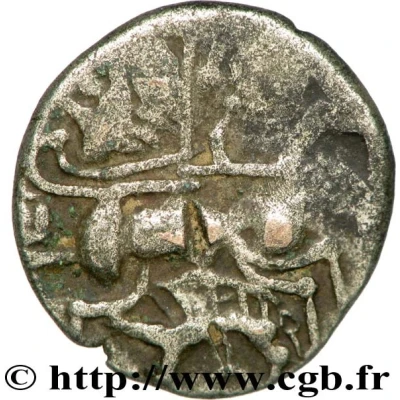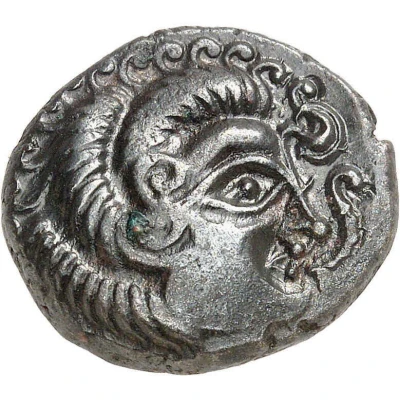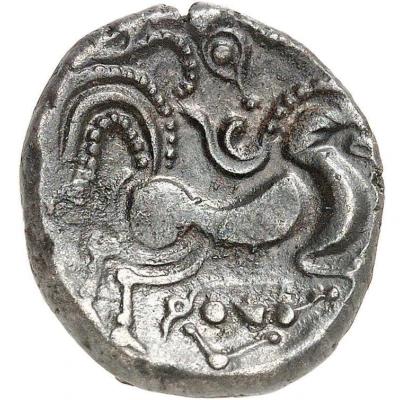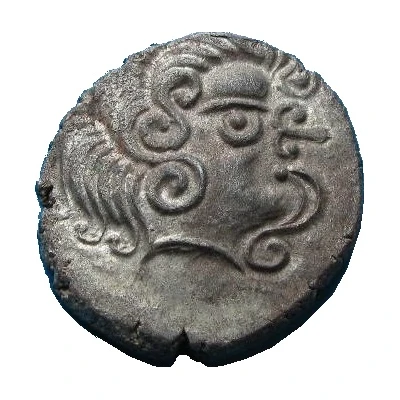
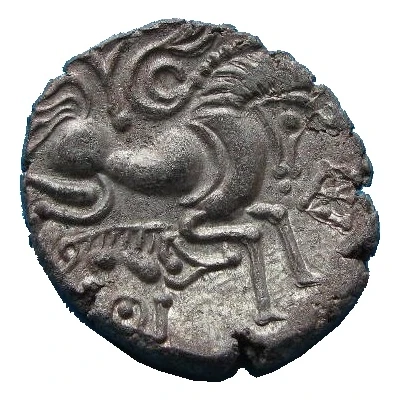

Stater Class III 80 BC - 50 BC
| Billon | 5.90 g | 25 mm |
| Issuer | Coriosolites (Gallia Armorica) |
|---|---|
| Type | Standard circulation coin |
| Years | 80 BC - 50 BC |
| Value | 1 Stater |
| Composition | Billon |
| Weight | 5.90 g |
| Diameter | 25 mm |
| Shape | Round (irregular) |
| Technique | Hammered |
| Orientation | Variable alignment ↺ |
| Demonetized | Yes |
| Updated | 2024-10-09 |
| Numista | N#8079 |
|---|---|
| Rarity index | 90% |
Reverse
Stylized horse, with aviform head, galloping right; above, remnants of the charioteer's head and outstretched arm; between the legs, a boar on the right.
Comment
The obverse is characteristic of Class III, with the round eye in front and the nose in the shape of a bulging epsilon in the centre. The reverse, traditionally associated with rights of classes I and III, is characterized by a charioteer summed up with a head looking up in the air surmounting an outstretched arm.Interesting fact
The Coriosolites were a Celtic tribe that lived in what is now modern-day Brittany, France, and this coin was minted during their time. The coin's design features a stylized horse on one side and a human figure on the other, which are common motifs in Celtic art. The use of billon, a metal alloy of silver and copper, was also typical of Celtic coins during this period. Despite being over 2,000 years old, this coin remains a fascinating piece of history and a testament to the advanced craftsmanship and artistry of the ancient Celts.
